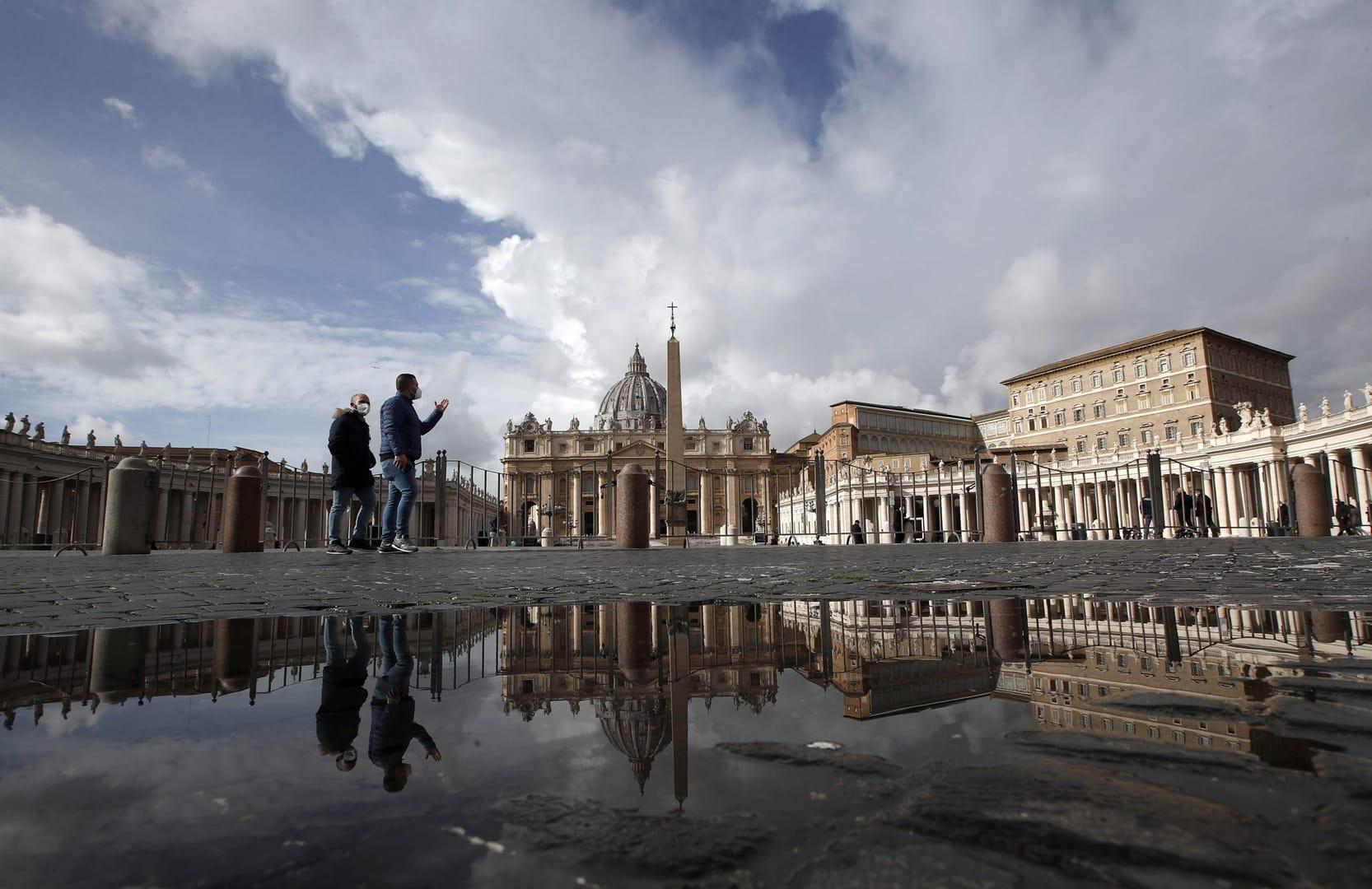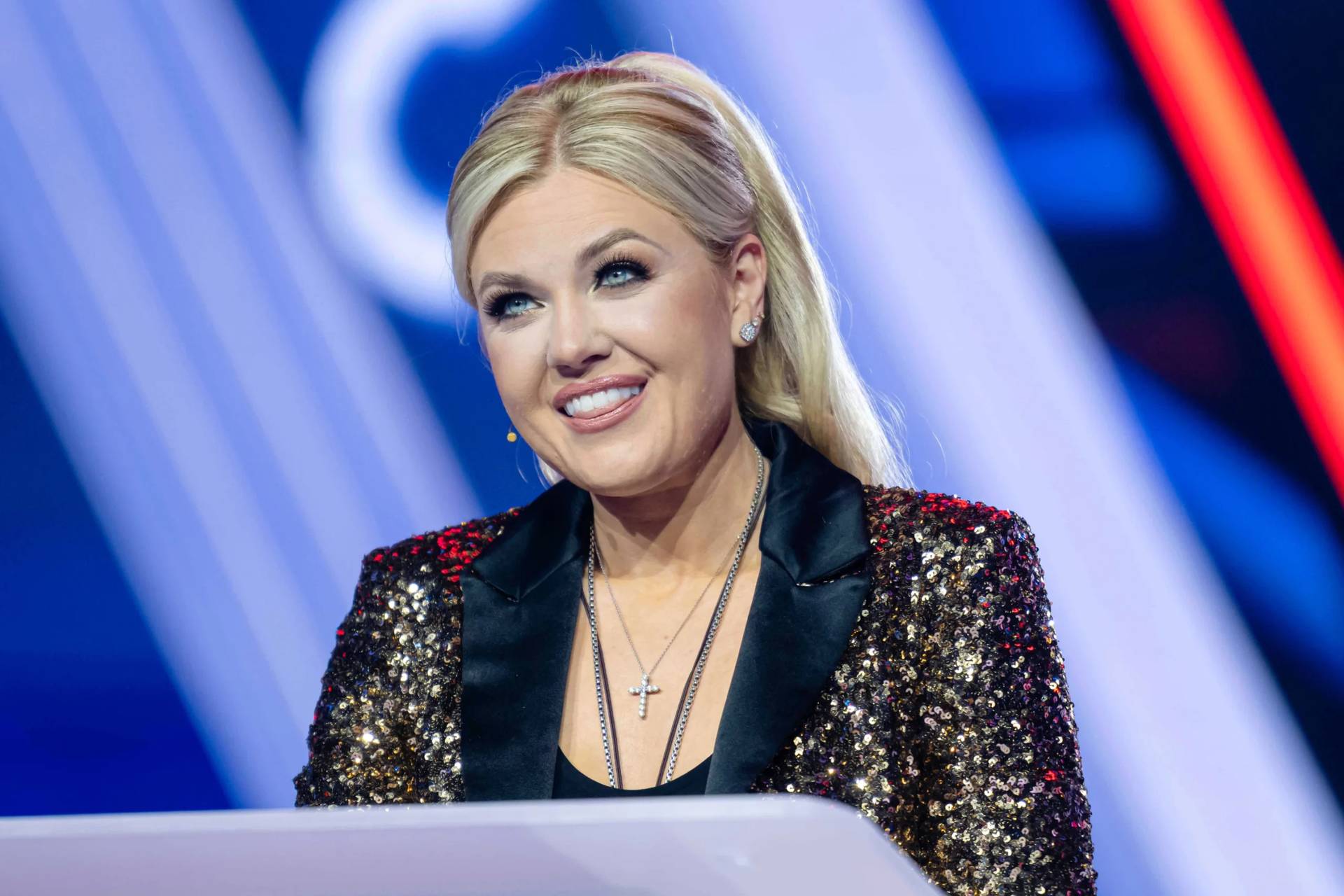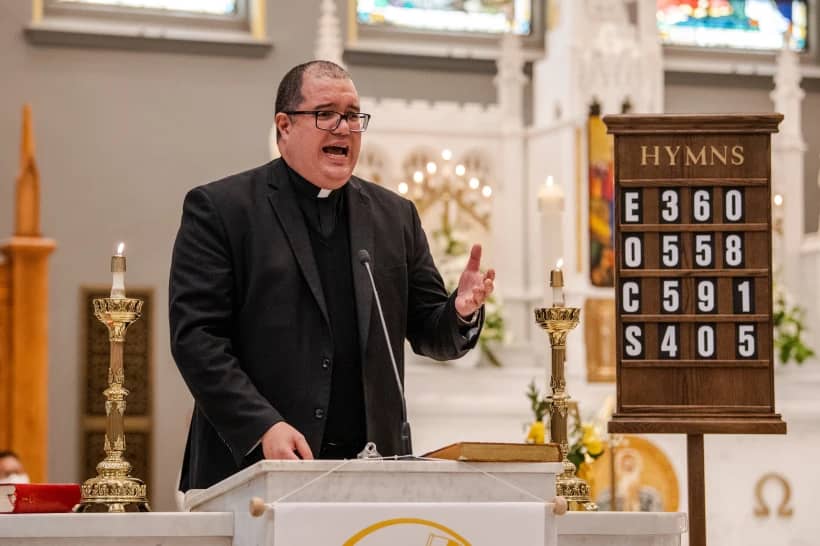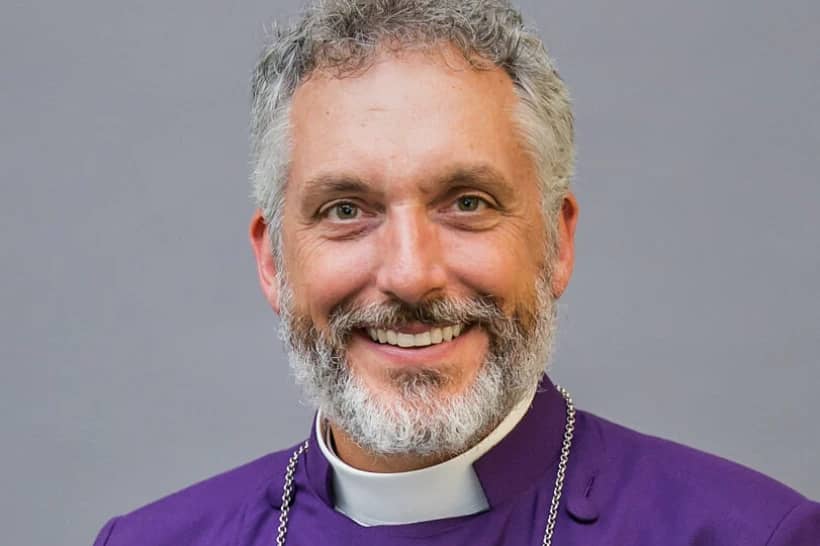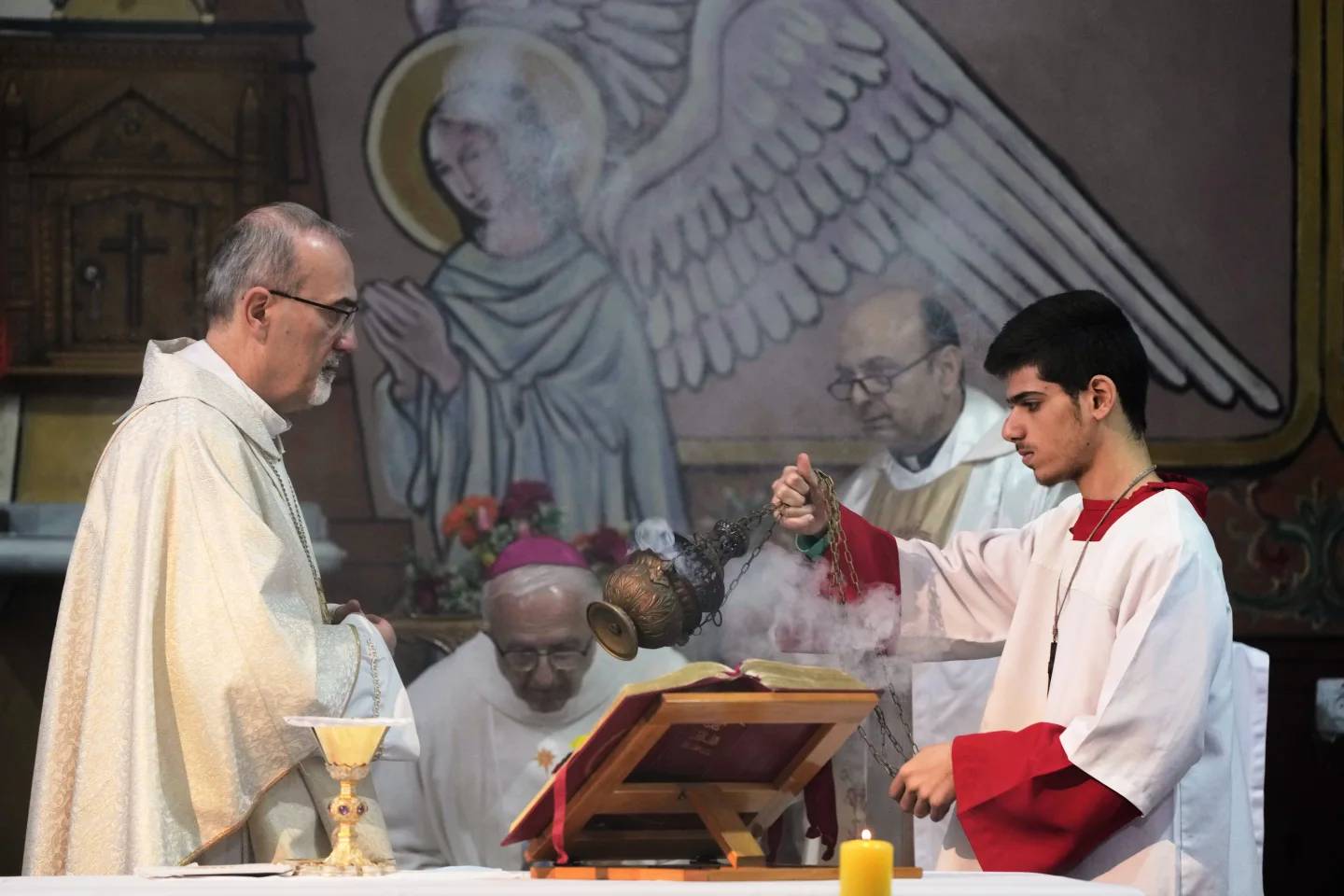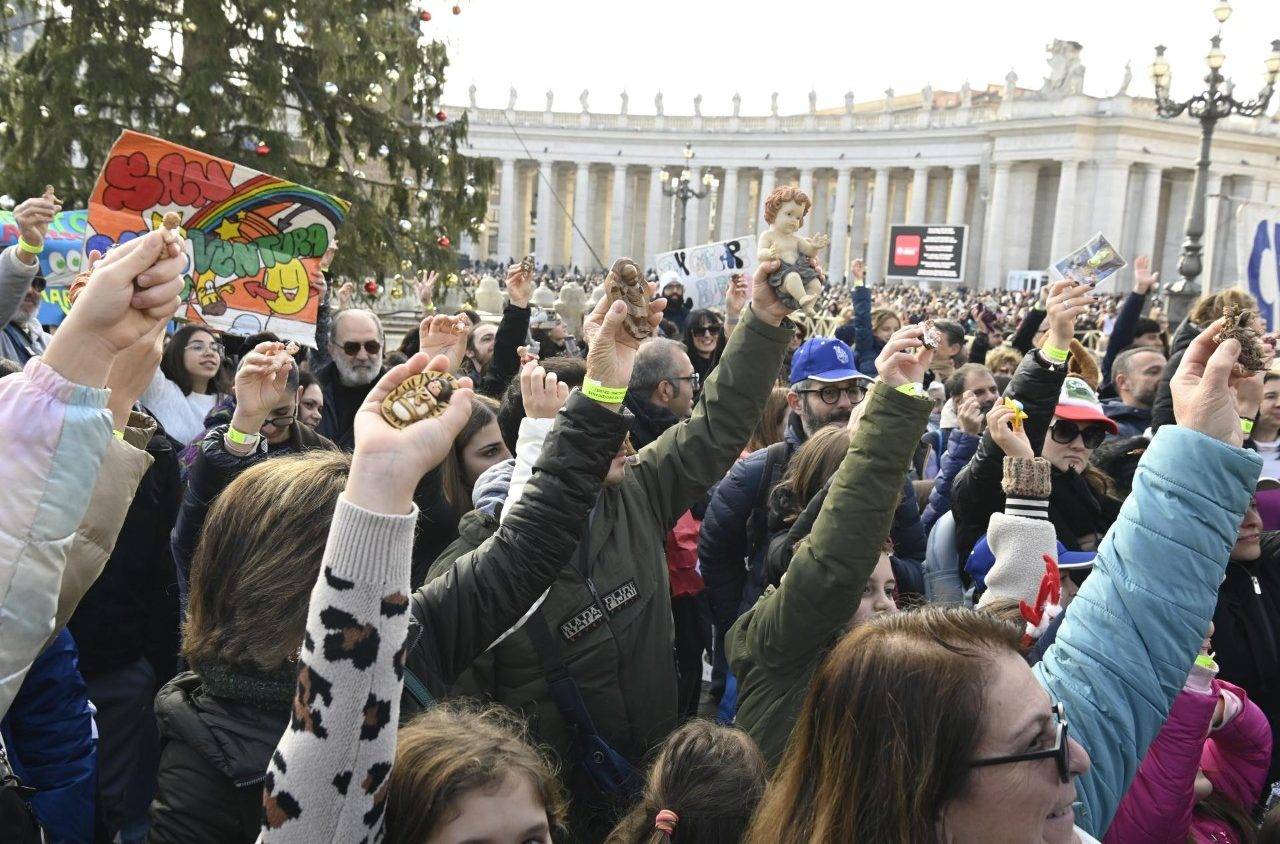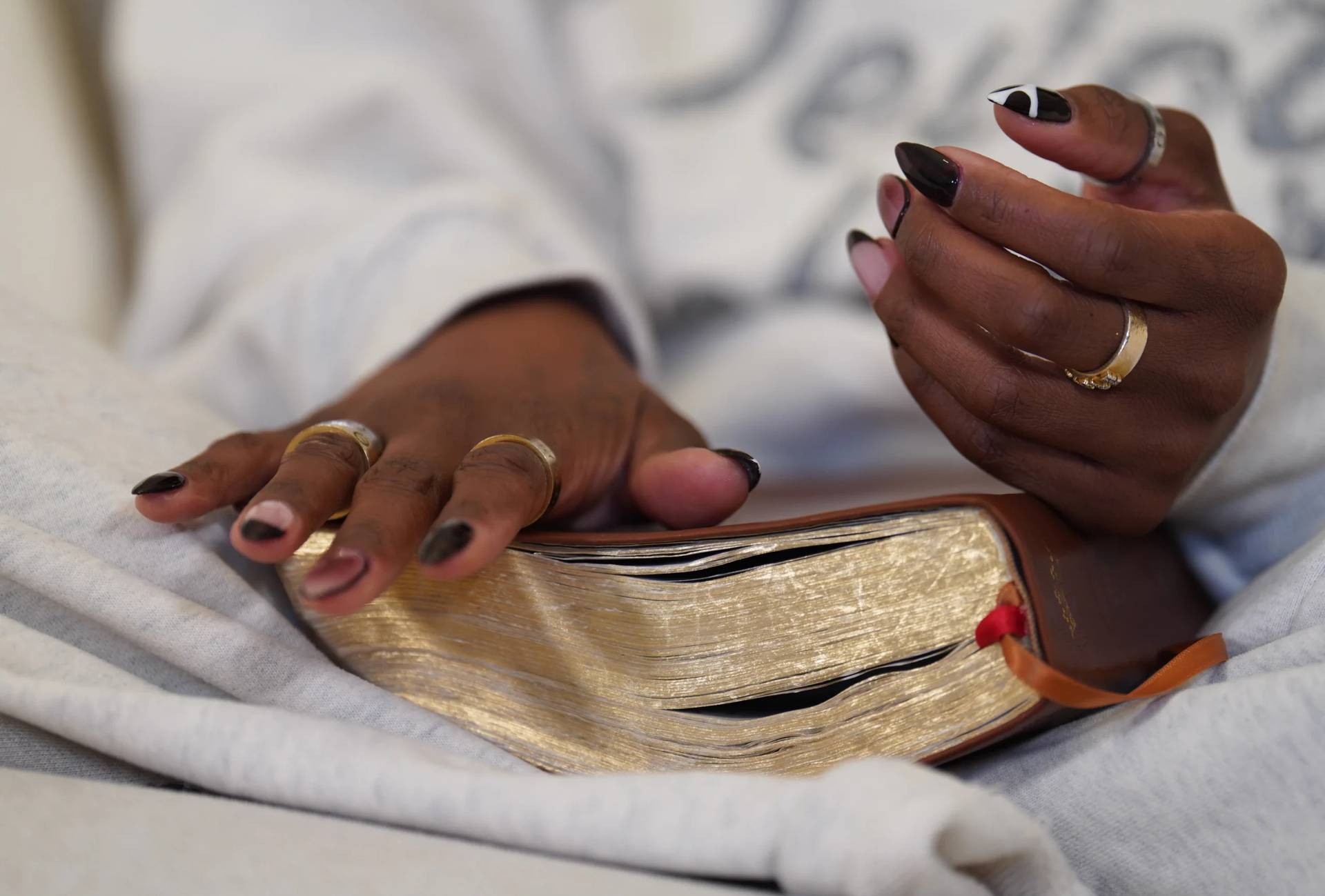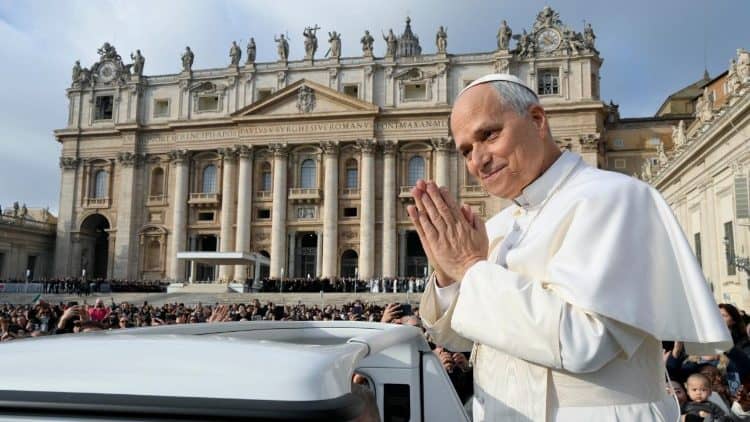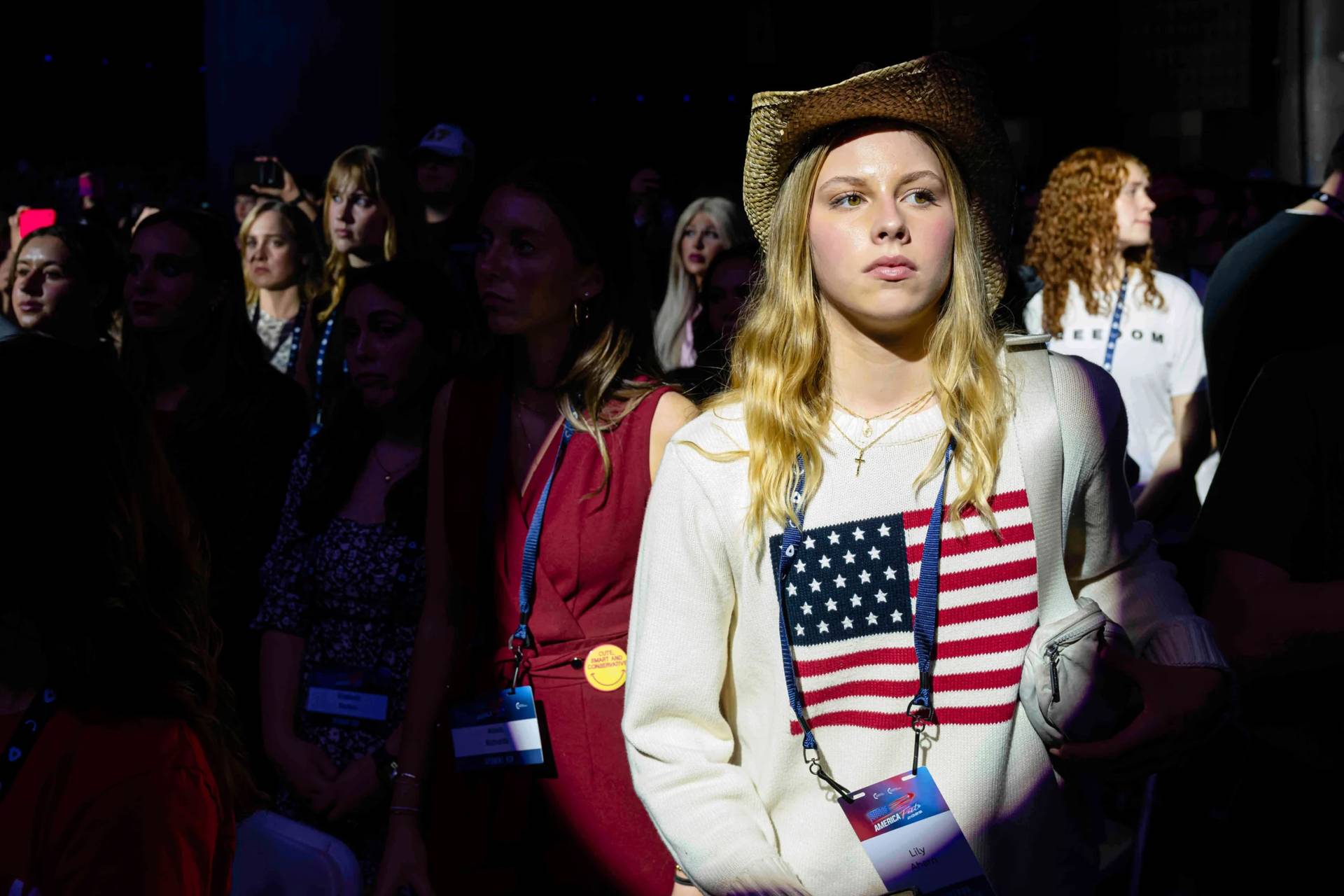ROME – Pope Francis formally opens this weekend a three-year “Synod of Bishops on Synodality,” which has been touted as a sign of the Church’s desire to more attentively hear and include members of the faithful in decision-making, but the core concepts of which are still obscure to many observers.
Pope Francis will inaugurate the synod, “For a Synodal Church: Communion, Participation, Mission,” with a Sunday, Oct. 10 Mass in St. Peter’s Basilica.
Typically a month-long meeting of bishops at the Vatican, this synod has been reconceived as a three-stage process beginning with a local consultation carried out between pastors and faithful around the world.
The diocesan phase will last from October 2021 to April 2022 and will largely be a consultative process with laypeople with the help of guidelines issued by the Synod of Bishops. A second, continental phase, will follow from September 2022 until March 2023, when continental bishops’ conferences will coordinate and evaluate together the results of the diocesan consultations.
As part of this phase, the opening working document for the Rome gathering, called an instrumentum laboris and on which much of the discussion is based, will be drafted according to the results of diocesan and continental phases.
A first draft of the instrumentum will likely be published in September 2022, and a second draft will then be compiled and sent to participants in the Ordinary Synod of Bishops, set for October 2023 in Rome, marking the final, universal level of the synod.
This weekend’s opening activities also include an Oct. 9 day of reflection in Rome, during which Pope Francis will give a speech and opening remarks will be made by Cardinal Jean-Claude Hollerich of Luxembourg, relator general of the Synod of Bishops.
Speaking to journalists during an Oct. 8 media roundtable on the start of the synod, Jesuit Father Dario Vitali, an ordinary professor of theology at the Pontifical Gregorian University and a consultor with Synod of Bishops, said that under its new system, the synod “is no longer an organism that has an event, but a process done through phases.”
“What’s happening now is already part of the ordinary synod of bishops,” he said, insisting that the diocesan and continental phases are not merely preparatory work for the 2023 Rome gathering.
“For the first time, we can say the whole church is involved in the synodal process through these steps,” Vitali said, noting that every bishop is involved through their own diocese, thus celebrating “unity and diversity of the church,” meaning unity under the pope, but diversity in their local situations.
Yet despite the Vatican buzz over this new process, there is still widespread confusion as to what the topic at the heart of the discussion – synodality – actually means, and how it is applied in concrete parish settings.
Italian Dominican Alberto Simoni, for example, has written, “We say ‘synodal church,’ but we can’t ignore the risk that the term ‘synodality’ lends itself to ambiguity and generalizations to cover up confusion.”
Vitali described synodality, which has been a core concept of Francis’s papacy, as a “listening, walking together, a church that shares.”
The Church, he said, “must learn how to listen. Synodality means listening…to re-establish relationships, otherwise there is a hierarchy with no people.”
Judging from reaction to the contents of a preparatory document released Tuesday ahead of the synod’s inauguration, which included a lengthy section attempting to break down the concept of synodality, many are still confused about the term’s exact meaning.
The preparatory document describes synodality as “much more than the celebration of ecclesial meetings and Bishops’ assemblies, or a matter of simple internal administration within the Church.”
Rather, “it is the specific modus vivendi et operandi (way of living and working) of the Church, the People of God, which reveals and gives substance to her being as communion when all her members journey together, gather in assembly and take an active part in her evangelizing mission,” the document said.
In a set of guidelines for this listening process published Tuesday, the Vatican describes synodality as a process in keeping with the reforms of the Second Vatican Council which “enables the entire People of God to walk forward together, listening to the Holy Spirit and the Word of God, to participate in the mission of the Church in the communion that Christ establishes between us.”
The goal of the synod, according to the guidelines, “is not to provide a temporary or one-time experience of synodality, but rather to provide an opportunity for the entire People of God to discern together how to move forward on the path towards being a more synodal Church in the long-term.”
By living synodality out, the faithful, according to the preparatory document, will gain the “ability to imagine a different future for the Church and her institutions, in keeping with the mission she has received.”
Despite these attempts at explaining the concept of synodality, several observers are still scratching their heads, asking for a definition that those unfamiliar with theological jargon would be able to understand.
As an example, Vitali told an anecdotal story of a parish priest who consulted with his parishioners before making major decisions. When that priest was reassigned, his successor said that the Church has a hierarchy, and according to that hierarchy, he was in charge, and so his role was to make decisions and the faithful would do whatever he said.
The base problem that the synod seeks to address, he said, is one of “identity and belonging.”
At a time when faithful are increasingly losing faith in the institution of the Catholic Church, the synod aims to help foster greater coherency between life and preaching, between what is taught and what is lived out, in collaboration with members of the Church at every level.
Vitali insisted that this synod “does not want to impose anything,” and “there is no prescribed result” the Church intends to reach.
Following the 2014-2015 Synod of Bishops on the Family, which among other things opened a cautious door for divorced and remarried couples to receive communion, many accused bishops and Pope Francis of already having the end result decided before the discussion even began.
Some have argued that the insistence on an open-ended discussion on synodality for this synod could be Pope Francis’s response to those claims, however, Vitali described it merely as a process of trying to achieve “a united church capable of thinking and acting together.”
“Without synodality, we will go nowhere,” he said.
Asked whether women religious will be able to have a vote in the approval of the final synod document during the Rome gathering in 2023, or whether this possibility has been discussed, Vitali said there are “no changes expected for now.”
Under the current rules, only bishops are allowed to vote to approve the final document, which is a summary of the synod’s discussion, and which often outlines the proposed path forward based on the synod’s documents and conversations.
However, during the 2018 Synod of Bishops an exception was made for two non-ordained male religious, who served as superior generals for their communities. No such exception was made for women religious serving in the same capacity.
The nature of the synod is as an “assembly of bishops,” Vitali said, adding that, “until this question is faced, it will be a synod of bishops.”
Vitali said it is “deeply reductive” to limit women’s participation in the synod to their vote on the final document, arguing that the synod “is an ecclesial process with the People of God that doesn’t involve a vote.”
Calling the synod a “maturation of the process that doesn’t need a vote,” Vitali said the synod is not a parliament, but a meaningful process carried out “with the entire people of God and their bishop.”
Follow Elise Ann Allen on Twitter: @eliseannallen
